Is Mole Sauce Spicy? A Flavorful Dive into Mexico’s Saucy Mystery
Description
Mole sauce—often hailed as the crown jewel of Mexican cuisine—is a complex, rich concoction that leaves many wondering: is mole sauce spicy? In this deep-dive article, we’ll explore everything you need to know about mole’s flavor profile, heat levels, regional variations, and even how to tweak it at home. Whether you're a seasoned spice lover or just curious about this iconic sauce, we’ve got you covered!
Table of Contents
- Introduction: What is Mole Sauce?
- Understanding the Heat: Is Mole Sauce Spicy?
- Regional Varieties: How Heat Varies Across Mexico
- The Secret Ingredients Behind Mole’s Complex Flavor
- Spice Control: How to Adjust Mole Sauce at Home
- Pairing Mole with Food: Tips & Tricks
- Common Myths About Mole Sauce Debunked
- A Taste of History: The Origins of Mole
- Fun Facts: Quirky Mole Trivia
- Conclusion: Embrace the Complexity of Mole Sauce
Introduction: What is Mole Sauce?
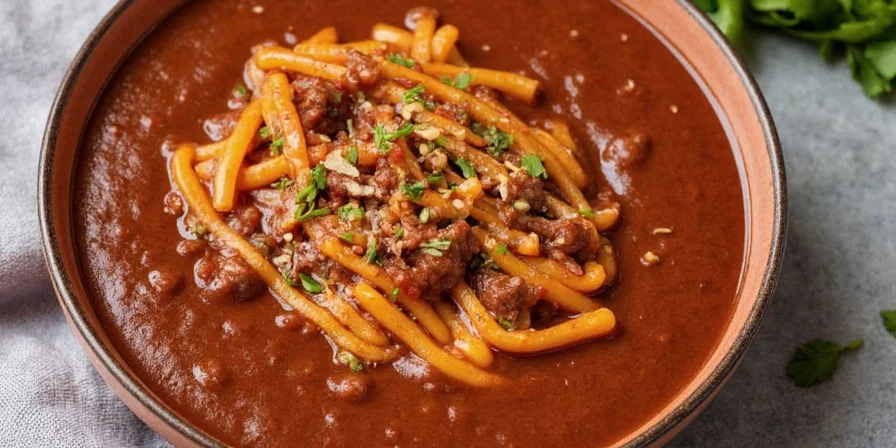
Photo: A classic bowl of red mole sauce ready to be poured over tamales or chicken.
Mole (pronounced MOH-lay) is not one sauce—it’s an entire family of sauces originating from Mexico, each with its own unique blend of ingredients and flavors. Known for its deep color and layered taste, mole combines chiles, spices, nuts, seeds, fruits, and sometimes even chocolate. The result? A symphony of flavors that can vary dramatically depending on who’s in the kitchen.
Understanding the Heat: Is Mole Sauce Spicy?
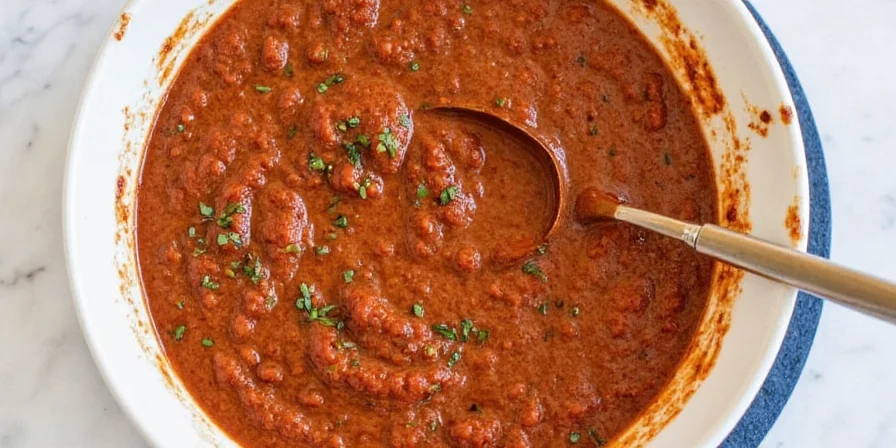
Photo: Common chilies used in mole preparations, like pasilla, mulato, and ancho peppers.
The short answer? Potentially yes, but not always. Mole sauce can have varying degrees of spiciness based on several factors:
- Type of chili: Some recipes use mild chilies like anchos, while others go bold with hotter varieties like chipotles.
- Quantity used: More chilies generally mean more heat, but they’re often balanced by sweet or nutty ingredients.
- Seed removal: Removing seeds from chilies significantly reduces their spiciness.
- Other ingredients: Chocolate, almonds, or sesame can mellow out any heat present.
Regional Varieties: How Heat Varies Across Mexico
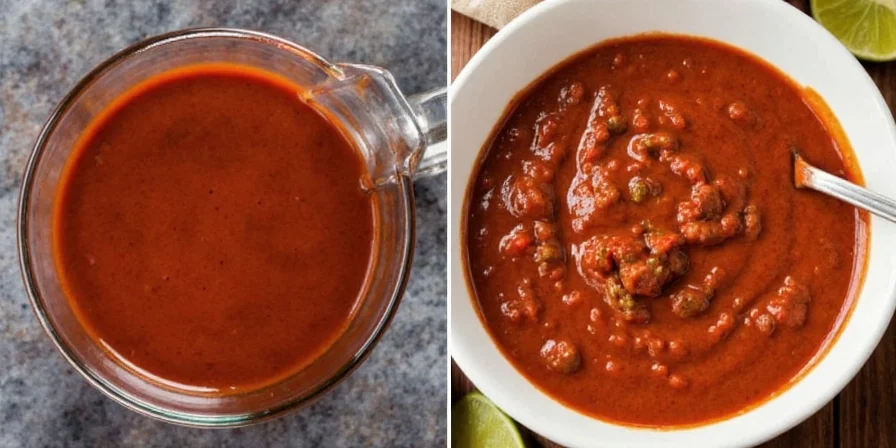
Photo: A map highlighting major mole-producing regions across Mexico.
| Region | Signature Mole | Heat Level | Main Ingredients |
|---|---|---|---|
| Oaxaca | Mole Negro | Medium-High | Chiles, chocolate, plantains, spices |
| Puebla | Mole Poblano | Low-Medium | Ancho, pasilla, chocolate, nuts |
| Tlaxcala | Mole Verde | Low | Green chilies, herbs, pumpkin seeds |
| Jalisco | Mole Amarillo | Medium | Yellow chilies, tomatoes, garlic |
| Michoacán | Mole Ranchero | Low | Tomatoes, chilies, bread |
The Secret Ingredients Behind Mole’s Complex Flavor
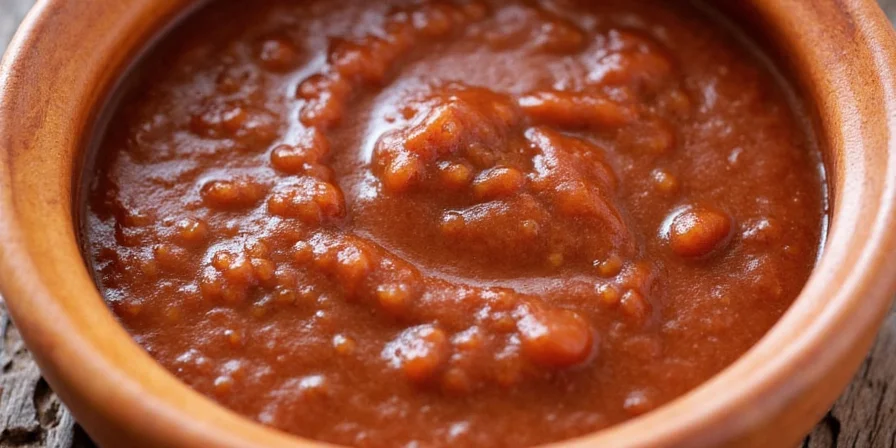
Photo: Typical ingredients found in a mole pantry: dried chilies, almonds, sesame seeds, cinnamon, and more.
Mole is famous for its depth of flavor, which comes from combining multiple elements. Here's what gives mole its character:
- Chilies: The backbone of most moles; provide heat and earthy notes.
- Chocolate: Found in darker moles like Mole Poblano and Mole Negro; adds richness and balances heat.
- Nuts & Seeds: Almonds, walnuts, sesame seeds—add texture and nuttiness.
- Spices: Cinnamon, cloves, pepper—layer complexity and warmth.
- Fruits: Plantains, raisins, or tomatoes add sweetness and acidity.
- Bread or Tortillas: Used as thickeners and add subtle grainy texture.
Spice Control: How to Adjust Mole Sauce at Home
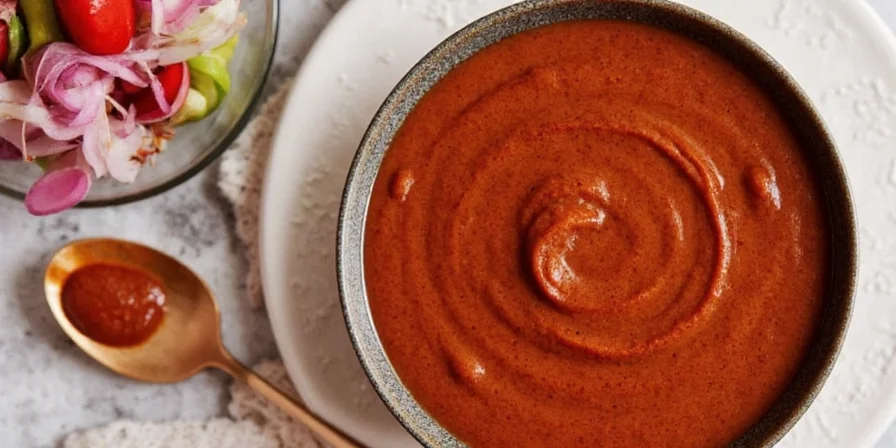
Photo: Mole sauce bubbling away slowly on the stove—perfect time to adjust the spice level.
- Want it spicier? Add more dried chilies (especially arbol or guajillo), a pinch of cayenne, or fresh jalapeños.
- Want it milder? Remove all seeds from chilies, add a bit of cream or coconut milk, or increase the amount of chocolate or nuts.
- Add balance: A dash of sugar, honey, or even a splash of vinegar can bring harmony to overly spicy batches.
Pairing Mole with Food: Tips & Tricks
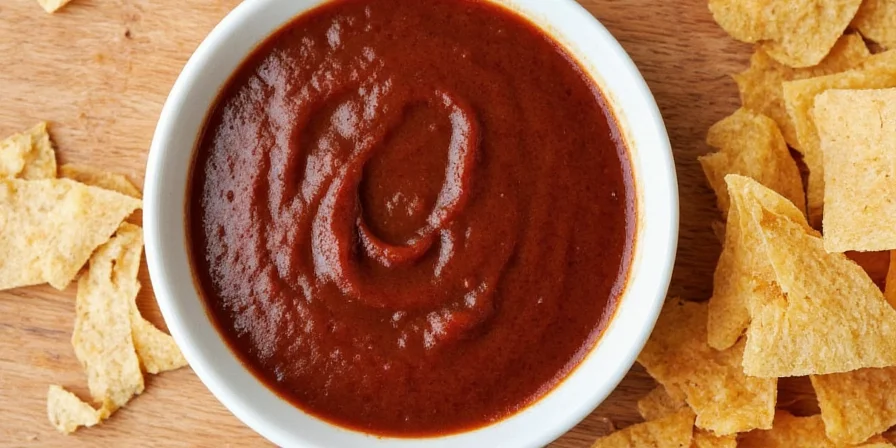
Photo: Classic pairing of mole with chicken, tamales, and warm tortillas.
To truly enjoy mole, think about balancing textures and temperatures:
- Rice: Absorbs the sauce beautifully and cools down the palate.
- Tortillas: Warm corn tortillas are perfect for scooping up extra mole.
- Tamales: Wrapped in corn husks and steamed, tamales soak up mole like a dream.
- Meat: Chicken, turkey, pork, or beef—all pair wonderfully with mole.
- Drinks: Pair with agua de jamaica (hibiscus water) or horchata to cool things off.
Common Myths About Mole Sauce Debunked
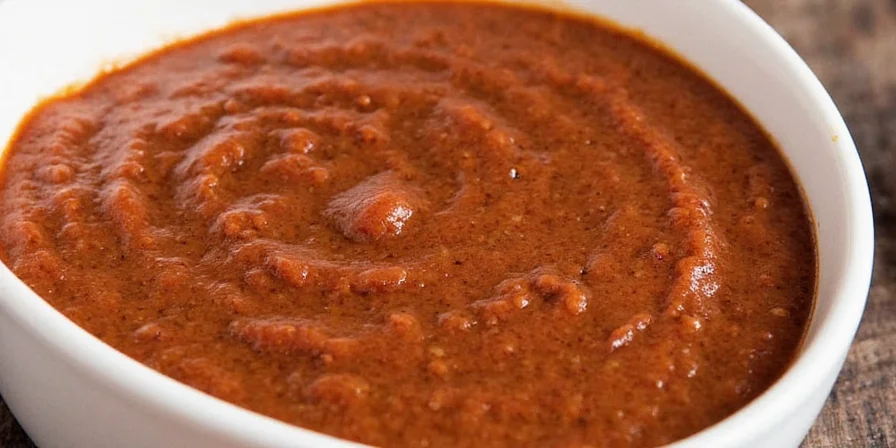
Photo: An infographic-style image showing myth vs reality about mole sauce heat and ingredients.
- Myth #1: All mole contains chocolate. Reality: Only darker moles like Mole Negro and Mole Poblano traditionally include it.
- Myth #2: Mole is always super spicy. Reality: Many recipes are surprisingly mild or medium.
- Myth #3: Mole is easy to make. Reality: It takes hours and dozens of ingredients. Respect the process!
- Myth #4: Mole is only for special occasions. Reality: While traditionally festive, modern versions can be made quickly for everyday meals.
A Taste of History: The Origins of Mole

Photo: Artistic depiction of nuns in colonial Mexico creating mole sauce for visiting dignitaries.
Mole has roots dating back to pre-Columbian times when indigenous peoples in Mexico combined local ingredients to create rich sauces. When Spanish colonizers arrived, they brought new ingredients like almonds, cinnamon, and bread, blending European and native traditions. The legend goes that in the 17th century, nuns in Puebla created Mole Poblano for a visiting archbishop using whatever was available—giving birth to one of the most iconic sauces in history.
Fun Facts: Quirky Mole Trivia
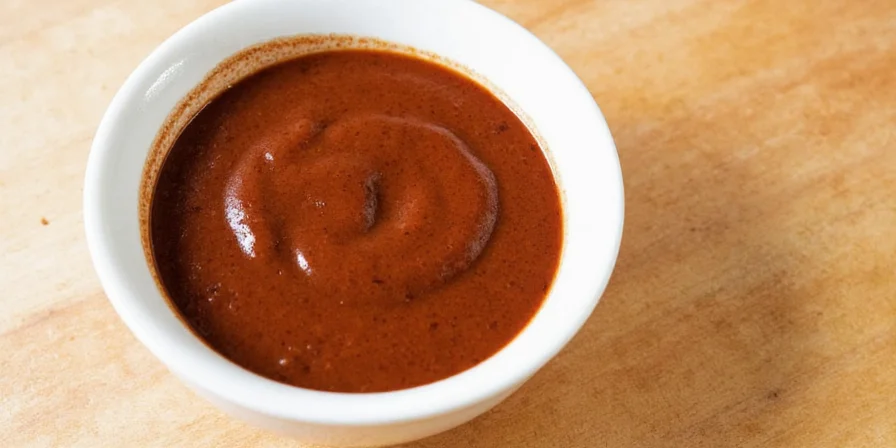
Photo: A playful illustration listing interesting mole-related trivia.
- Mole can contain over 20 ingredients in some traditional recipes.
- It’s so important in Mexican culture that there’s a national holiday called Día del Mole (Mole Day).
- Mole isn’t just for meat—it pairs well with eggs, vegetables, and even pizza!
- The word “mole” comes from the Nahuatl word mōlli, meaning “sauce” or “mixture.”
- In 2010, UNESCO declared Mexican cuisine—including mole—part of humanity’s Intangible Cultural Heritage.
Conclusion
So, is mole sauce spicy? That depends on who makes it, where it’s made, and what ingredients are used. At its heart, mole is a celebration of complexity—not just in flavor, but in history, culture, and tradition. Whether you like your mole fiery hot or softly spiced, there’s a version out there waiting for your taste buds to discover.
Ready to explore the world of mole? Start experimenting in your own kitchen or find a local Mexican restaurant that serves authentic varieties. One bite, and you’ll understand why mole has stood the test of time.

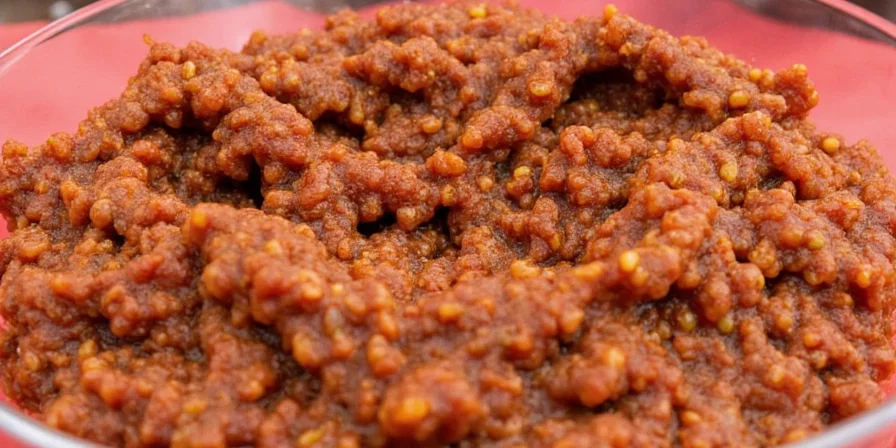









 浙公网安备
33010002000092号
浙公网安备
33010002000092号 浙B2-20120091-4
浙B2-20120091-4